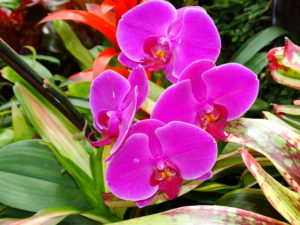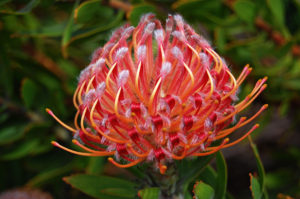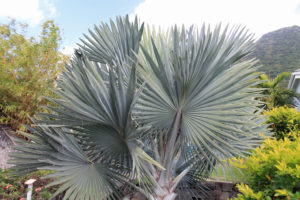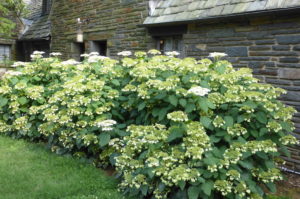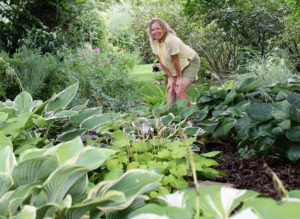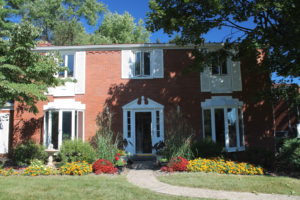Orchids for Christmas?
December 3rd, 2019
Nothing comes close to the poinsettia as king of the Christmas plants.
But lately, there’s an elegant floral queen that’s been closing the popularity gap – orchids.
This large and diverse family of bloomers used to have the reputation of being expensive to buy and finicky to grow.
Then mass merchants began carrying relatively easy-to-grow moth orchids, jacking up grower production and driving down retail prices.
So although poinsettias are still the top-selling potted plant in the U.S. – with almost all of them changing hands between Thanksgiving and Christmas – orchids have moved into the No. 2 position in dollars sold, ahead of both Easter lilies and fall mums.
Orchids have a few Christmasy advantages.
For one thing, they still seem pricey and elegant, making them alluring gift choices.
They also come in lots of colors, are non-toxic and low-allergenic as a houseplant, and some are fragrant.
Orchids have exceptionally long bloom times, too – usually months.
And unlike poinsettias, which are generally throw-away plants since they’re difficult to bring back into color at home, orchids can last and rebloom for years (if you know a few care basics, which I’ll get to in a minute).
Although orchids aren’t as purely seasonal as poinsettias, mums and Easter lilies, many of them have the good marketing sense to bloom in December – a must for Christmas sales.








